Regions of Kashmir
As has already been brought out in the previous chapters Pakistan was successful in occupying certain areas of Jammu and Kashmir in 1947-48 War, which still continue to remain under its illegal occupation. It is roughly one third of the whole area of State of Jammu and Kashmir of that time, and where lie some of the very important assets like Mangla Dam and Mirpur water bodies with numerous pondages. Firstly, a word about Pakistan Occupied Kashmir (POK) and so-called Azad Kashmir. It is one and the same thing. In India, we call this area of Kashmir, as PoK where as Pakistan calls it Azad Kashmir. The other areas which were or are in the north of the Jammu and Kashmir state intentionally named as Northern Areas by Pakistan where as these are Gilgit and Baltistan and at times, called Dardistan.
It is pertinent to note that Jammu and Kashmir had four important regions in 1947 and these were (i) Jammu (ii) Kashmir (iii) Ladakh and (iv) Gilgit and Frontier Illaqas, and Punch formed part of Kashmir region, though on the other side of Pir Panjal Range and part of this region which is under Pakistan is referred as POK. It does not include the areas of Hunza Gilgit, Baltistan etc.
For launching operations towards Muzzafrabad and adjoining areas of POK, keeping strong presence of armed forces in Punch sector is very important for India.
Past History of Punch
Old Jagir of Punch was the part of the then north-western Kashmir Province. Important places in this belt were Punch, Mandi, Kotli, Mirpur, Surankot, Sekhlu, Bagh and some other smaller towns and the countryside around. Punch was a popular place and a Muslim dominated area and British had recruited very large number of Muslims from this area in Second World War. In 1947, Punch as such had very large number of demobilised soldiers and ex-servicemen. It was the first area in Jammu and Kashmir, where revolt was engineered by Pakistan, with the help of ex-servicemen and deserters from Maharaja’s army, numbering over 25,000.
The net result thus after 1947-48 War, was the loss of Kotli, Mirpur, Bagh and other areas. Punch alongwith Mendhar and surrounding area comprising of Punch river basin short of Kotli was however, secured by the Indian Army. These areas are very fertile and agriculturally very rich. Punch River ultimately falls into Mangla Dam, which is on river Jhelum near Mirpur. It is a most important asset in that area, now under Pakistan’s occupation.
Mangla Dam
It is just on the International Border of India and Pakistan, with major portion of the water body being towards Mirpur in Jammu and Kashmir. But as the areas of Kotli and Mirpur are in POK at present, Pakistan has control over the Dam and one Corps of Pakistan Army is located is general area Mangla. One can make out, as to how the Punch basin, south of Doresai plateau is contributing so massively to this project where water, from, upto Pir Panjal Range flows in.
Pakistan feels that such a vast catchment area can be controlled by India at any time at number of places and can have terrific effect on the existence and utility of Mangla Dam and, as such, Pakistan will do everything possible to ensure that it does not face a difficult situation during the war. This therefore has always been in their scheme of things for defensive and offensive operations in this area and so far have been successful also in saving the dam, though no serious offensive has been launched by India in that area.
…and Punch are with India and hence vital for India to capture Haji Pir bulge and for Pakistan for isolating and cutting off the Punch salient.
Capturing and Cutting off Punch
Pakistan had planned the 1965 operation to annex specially Kashmir Valley including Punch, though tried to move to other areas also. Their operation was planned on the wrong notions as they could not understand the mood of the people of valley and other areas dominated by people of various origins, the ground realities and the will of Indian people. Just before Kutchh operation in 1965, Pakistan illegally transferred a large chunk of territory of about 25,000 square kilometers, in Shaksgam – Muztagh Valley near Karakoram Pass, unilaterally to China, apparently to get its assistance to build Karakoram Highway and support for any adventure against India.
It was in their scheme of things that somehow China should be involved in Jammu and Kashmir affairs, which they succeeded to some extent. Careful study of the happening will reveal that such a big piece of land, ceded to China, without anything in return, was with a specific aim of preparing grounds of an offensive with support, so anticipated from China. It had the tacit support and assuring nod from USA, which was desperately trying to build bridges with China. After the humiliating defeat of India at the hands of China in 1962 Pakistan took it very convincingly that India was no match then, against her having been armed with the new and flashy weaponry from America and with that background first started trouble in Kutchh and later in Jammu and Kashmir in August 1965. With such backdrop of assistance promised by the high and mighty countries of the world, Pakistan ventured very aggressively for Punch area, besides other places.
Pakistan in 1965 had concentrated heavily in Punch Sector and specially at places against Mendhar and Mandi valleys. Their aim was to cut off Punch projection by linking from both sides at general area of Kalai Bridge – Khanetar Gali. Larger aim was securing the Punch basin area, which is so very important for their Mangla Dam. It was not incidental but the result of meticulous planning that Pakistan had quickly captured Mandi town in north on 9 August 1965, so deep inside and also occupied around 11 August, 1965 the area which later came to be known as OP Hill Complex in south and simultaneously sending a strong column at Khanetar hitting our ammunition depot. Aim was to cut off Punch salient and thwart the Indian threat to the dam on permanent basis.
Lone Unit on Independent Axis
It was here the role of 7 SIKH in thwarting the designs on their northern axis of advance via Mandi comes in. This gallant unit, suffering all sorts of difficulties for about a month, single-handedly, beat the Pakistanis in their game. It wrested back the Mandi town and defended the complete Mandi Valley till last, though not without suffering hardships and casualties. On the southern axis, the enemy, however was successful in getting a foothold at OP Hill Complex, and could affect every move in Mendhar Valley. With enemy sitting at OP Hill steadfastly their aim of securing the catchment area of Mangla Dam on north and north-eastern side could be a grand success and as a result brigade attack was launched to evict them from OP Hill Complex. It was so incidental that for this Brigade attack too, 7 SIKH was detailed, where it captured the ground of tactical importance, the Jungle Hill in phase II of the operation.
In view of the above, laudable performance of 7 SIKH at both the axes is worthy of note. I may not be very wrong, if permitted to say that in 1965 operations 7 SIKH was the savior of Punch and Punch basin both, first at Mandi and then at Mendhar. If you happen to informally talk to the civilian common gentry with easy demeanours, they will come out with the facts that in 1947-48 War, Punch was saved by Brig Pritam Singh and in 1965 operations it was saved by 7 SIKH. It is still a revered unit in that area.
Conclusion
Punch area is a fertile piece of land. Though it is on the other side of Pir Panjal Pass, it had formed part of Kashmir region which was known as north-western district of Kashmir. It is very important for both India and Pakistan because:-
- It is connected with the valley via Haji Pir Pass but the Haji Pir bulge is with Pakistan, both Uri and Punch are with India and hence vital for India to capture Haji Pir bulge and for Pakistan for isolating and cutting off the Punch salient.
- For launching operations towards Muzzafrabad and adjoining areas of POK, keeping strong presence of armed forces in Punch sector is very important for India.
- It is a Muslim dominated area and Pakistan is lured as it can be volatised again as in 1947-48.
- There lies an important asset in the form of Mangla Dam the security of which can be jeopardised if this area is enlarged by India. Punch area if captured by Pakistan can be a great asset for them for advancing towards valley via Uri and Mughal roads.




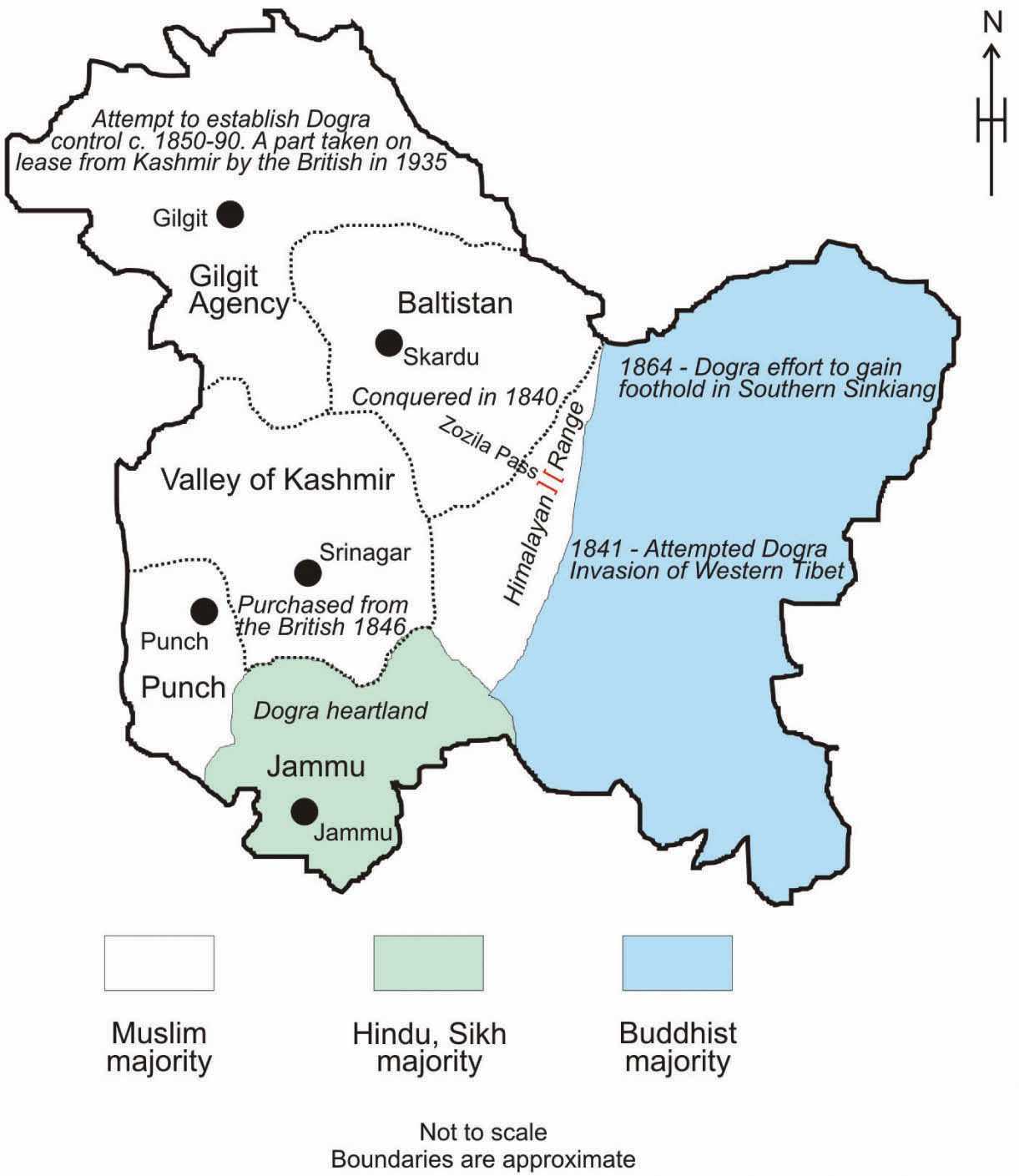
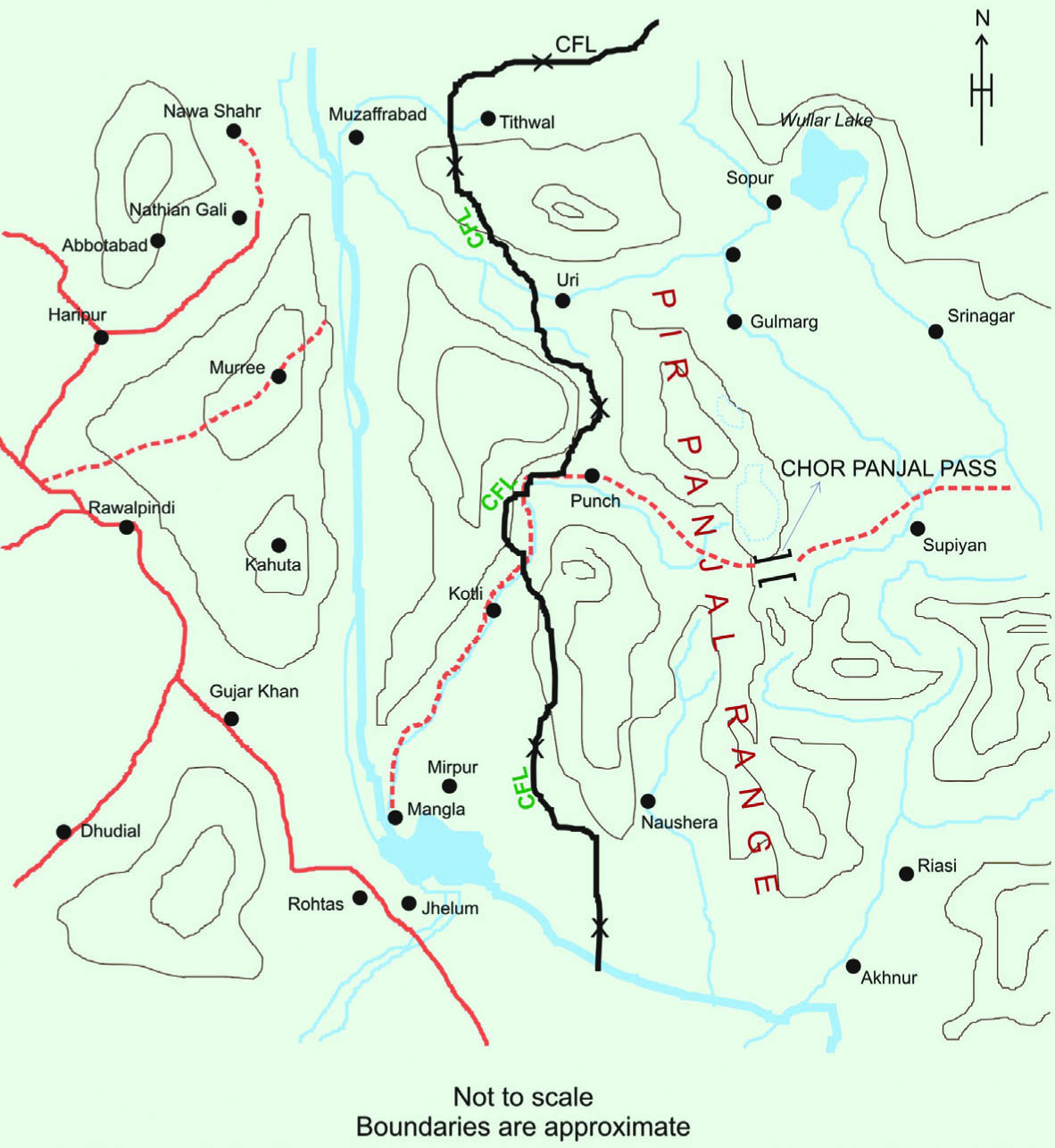
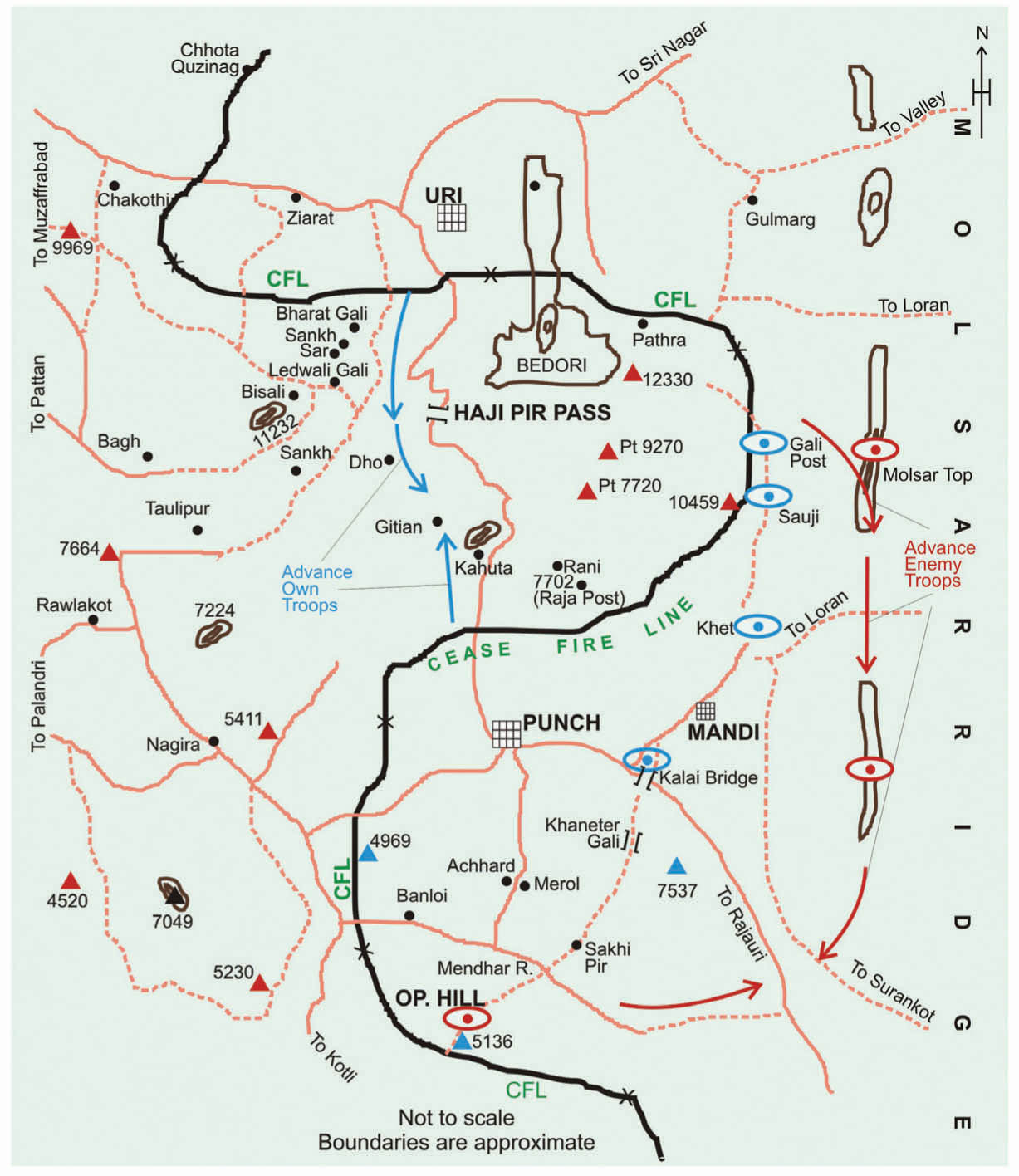
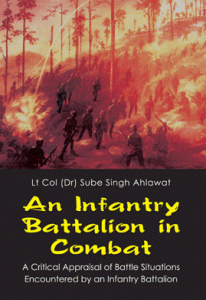
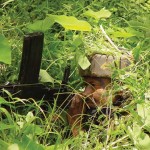
The map shows two passes (or posts) Raja and Rani close to LOC but beyond in Pakistan occupied Kashmir. But, according to other information (war reports) I have come across, these two strategically important positions (passes) were wrested out of Pakistan’s hand in the 1971 war and are in India’s possession. Could the writer please check and confirm. Thanks.